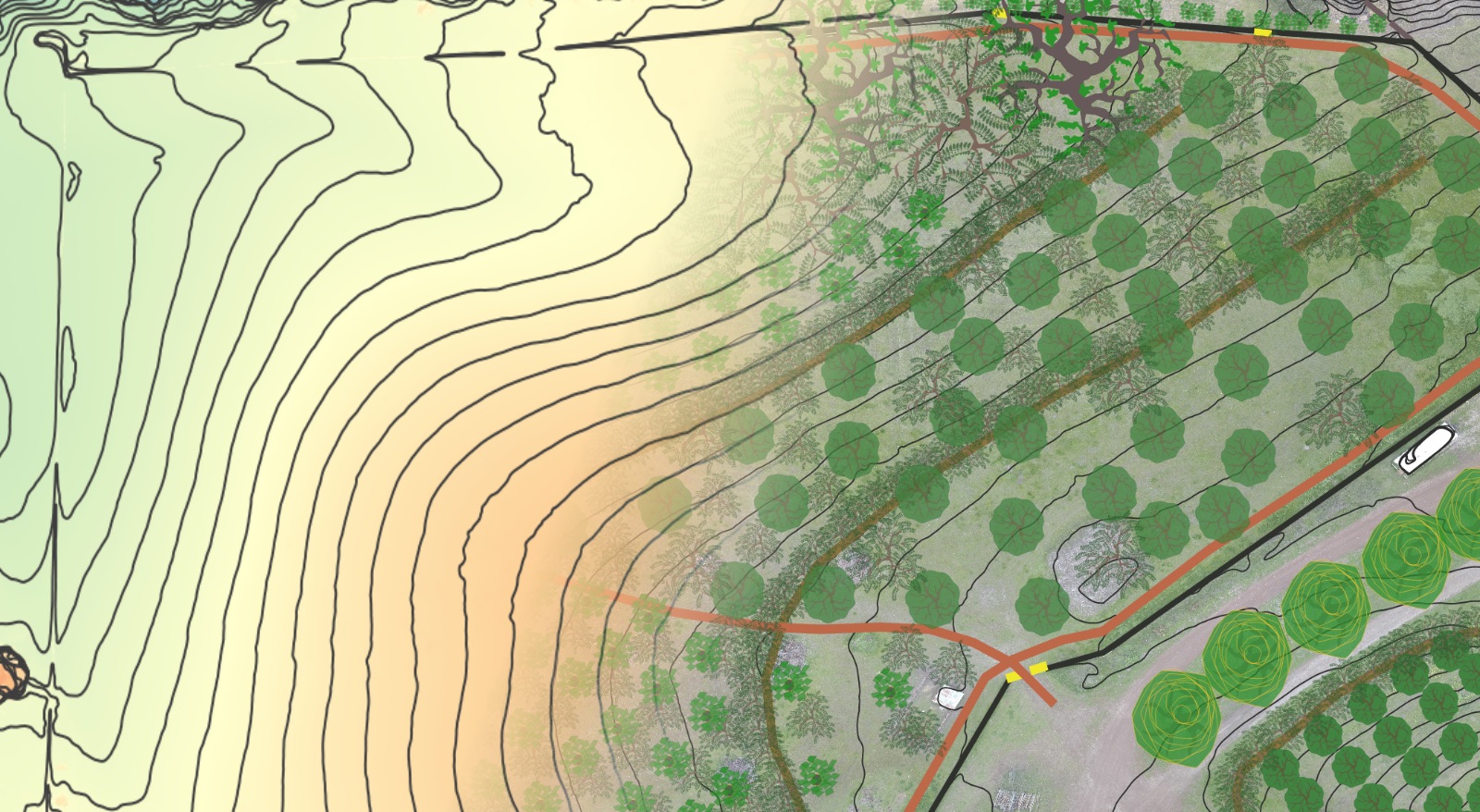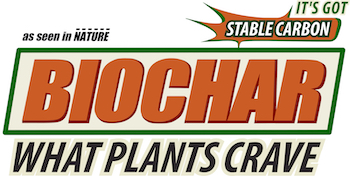Your cart is currently empty!
Constructed Wetlands Primer For Black & Greywater Treatment
on
What Are Constructed Wetlands?
Constructed wetlands are built to use biology in the purification and clarification of blackwater and greywater effluents generated by human settlement. They are built to mimic the function of actual wetland ecologies, but in a way to prevent premature discharge of effluent waters to the environment.
Where Are Constructed Wetlands Appropriate?
They are best suited to wetter climates and situations where blackwater or greywater reuse is desired. However, they can and have been successfully employed in both arid and cold environments to breakdown and utilize excessive nutrient loads in effluent water. Arid environments will generally be more “closed” from the surrounding environment, and in cold climates where temperatures drop below freezing for substantial portions of the year, the system’s capacity to treat water changes with the seasons.
Types Of Constructed Wetlands
There are two main types of constructed wetlands, those with open water and those with sub-surface flow.
For initial blackwater treatment, the sub-surface type application is recommended. After settling in a septic tank, the clarified effluent is then introduced into a lined (EPDM or concrete), gravel-filled bay filled with aquatic vegetation capable of pushing oxygen throughout its root zone. Baffles should be installed to force the effluent to take the longest path through the basin as possible. The size of the wetland varies depending upon a number of factors; temperature, evapotranspiration, rainfall, influent volume, BOD( Biological Oxygen Demand) and effluent legal standards.
A typical wetland in a mild climate requires a size of 0.5 – 1 ft2 surface area / gallon of effluent / day, and in colder climates could require a surface area of 1.5 – 3 ft2 / gallon of effluent / day.
Depth depends on the root depth of vegetation being grown in the gravel bed. Following treatment in a sub-surface system the water can then be distributed to the landscape via branched drain system ending at mulched planting basins, or can continue to an open water system (pond, lagoon etc).





